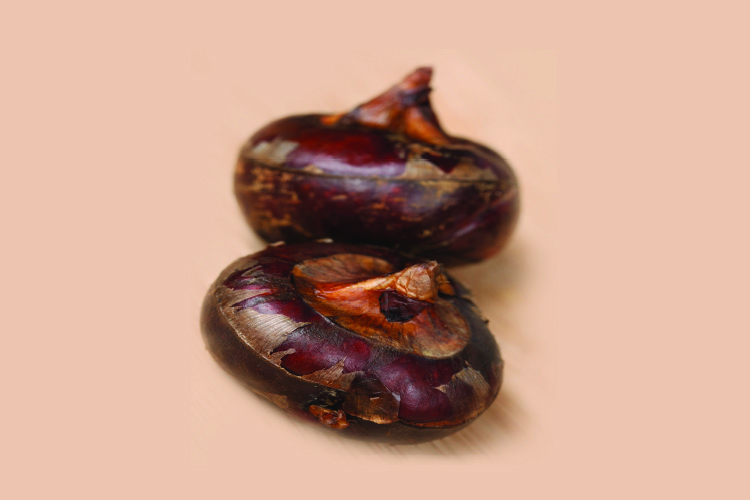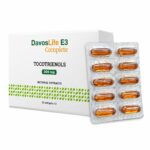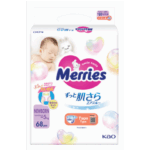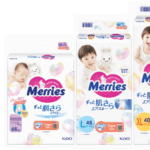Water Chestnut
The Chinese water chestnut (Eleocharis dulcis), more often called simply the water chestnut, is a grass-like sedge grown for its edible corms. The water chestnut is actually not a nut at all, but an aquatic vegetable that grows in marshes, underwater in the mud. The small, rounded corms have a crisp white flesh and can be eaten raw, slightly boiled, grilled, and are often pickled or tinned. They are a popular ingredient in Chinese dishes. In China, they are most often eaten raw, sometimes sweetened. They can also be ground into a flour form used for making water chestnut cake, which is common as part of dim sum cuisine.
- Very low in saturated fat, cholesterol and sodium
- Water chestnuts provide about 2 grams of fibre in every ½-cup serving. That amount provides you with about 8 percent of the recommended daily value, or DV, for fibre. Dietary fibre promotes digestion, stabilises blood sugar and decreases cholesterol levels
- Water chestnuts are recommended for those wishing to detoxify themselves
- Drinking water chestnut juice can help alleviate the problem of nausea and bad appetite in kids
- Contains detoxifying properties and are considered to be good for people suffering from jaundice
- Good in treating conditions like measles. Boiling them in water makes the best drink for the measles patients
- Water chestnut powder helps to relieve cough
- Are known to have cooling properties and as such, they are just perfect to beat the hot weather. They are also known to have numerous curative and supplementary properties
- They are also gluten-free
- Fresh water chestnuts contain at least 10 percent of the vitamin B-6, potassium, copper and manganese, as well as at least 3 percent of the phosphorus, magnesium, niacin and vitamin B-5 you need each day
















